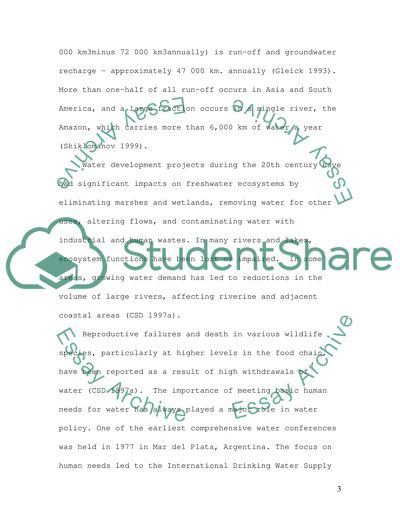Cite this document
(“Bottled Water Essay Example | Topics and Well Written Essays - 2000 words”, n.d.)
Retrieved from https://studentshare.org/miscellaneous/1509876-bottled-water
Retrieved from https://studentshare.org/miscellaneous/1509876-bottled-water
(Bottled Water Essay Example | Topics and Well Written Essays - 2000 Words)
https://studentshare.org/miscellaneous/1509876-bottled-water.
https://studentshare.org/miscellaneous/1509876-bottled-water.
“Bottled Water Essay Example | Topics and Well Written Essays - 2000 Words”, n.d. https://studentshare.org/miscellaneous/1509876-bottled-water.


